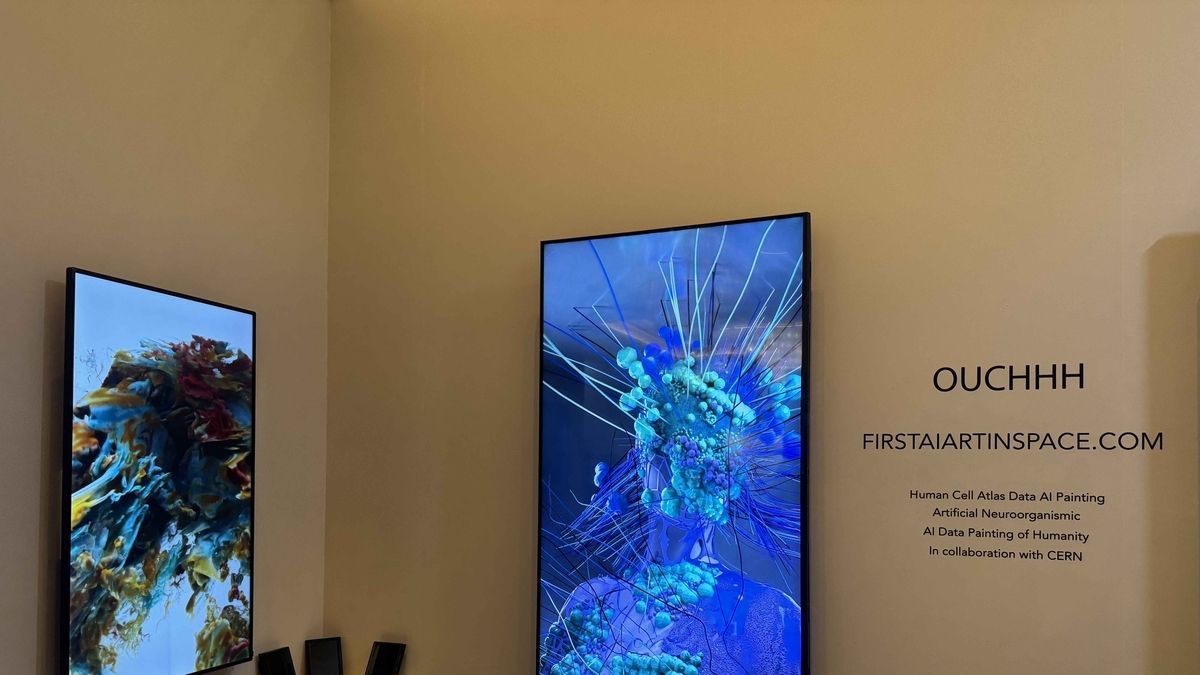In an unparalleled fusion of art, science, and technology, Turkish art studio Ouchhh, helmed by Ferdi Alici and Eylül Duranağaç Alici, has successfully sent the first ever artificial intelligence (AI)-generated artwork to the Moon. Dubbed ‘Human Cell Atlas’, this groundbreaking piece was carried aboard a SpaceX rocket, making a monumental leap for both the art world and space exploration.
Art Meets Science: The Journey of ‘Human Cell Atlas’
The inception of ‘Human Cell Atlas’ traces back to a collaborative effort with CERN approximately five years ago. Ferdi Alici, in a statement, highlighted the project’s ambition to intertwine scientific discovery with artistic expression. By leveraging data from over 32 trillion human cells, the project aspires to map the human body in unprecedented detail. This massive undertaking aims to uncover new connections within human biology, presenting them through a unique artistic lens. Alici’s vision was to explore how machines might perceive humanity using this vast dataset, transforming cold scientific data into evocative poetic sculptures.
From Concept to Lunar Surface: The Technical Triumph
The realization of ‘Human Cell Atlas’ involved intricate processes, including the use of nano-technology to engrave the artwork onto a disk in a New York laboratory. Following this, the disk was mounted onto a SpaceX rocket at the Kennedy Space Center, destined for the Moon. Despite several postponements and the inherent risks of lunar landing, the mission succeeded, marking a historic milestone. This event not only celebrates the first AI-produced artwork on the Moon but also showcases Turkish innovation on an interstellar stage.
Global Exhibition and Future Implications
Following its premiere at Art Dubai, ‘Human Cell Atlas’ is set to be exhibited in major art capitals, including Istanbul. This global tour underscores the project’s significance, brididing the gap between scientific research and artistic endeavor. By placing human cellular data at the core of artistic exploration, Ouchhh Studio propels the conversation around the potential of AI in art creation, inviting audiences worldwide to ponder humanity’s place in the cosmos. This pioneering work lays the groundwork for future collaborations between artists and scientists, potentially shaping the trajectory of both fields for years to come.
As ‘Human Cell Atlas’ resides on the lunar surface, it serves as a testament to human creativity and ingenuity. This project not only pushes the boundaries of what art can be but also what it can achieve when intertwined with science and technology. The successful landing of an AI-generated artwork on the Moon by Turkish artists heralds a new era of artistic expression, one that transcends earthly confines and ventures into the vast unknown.







